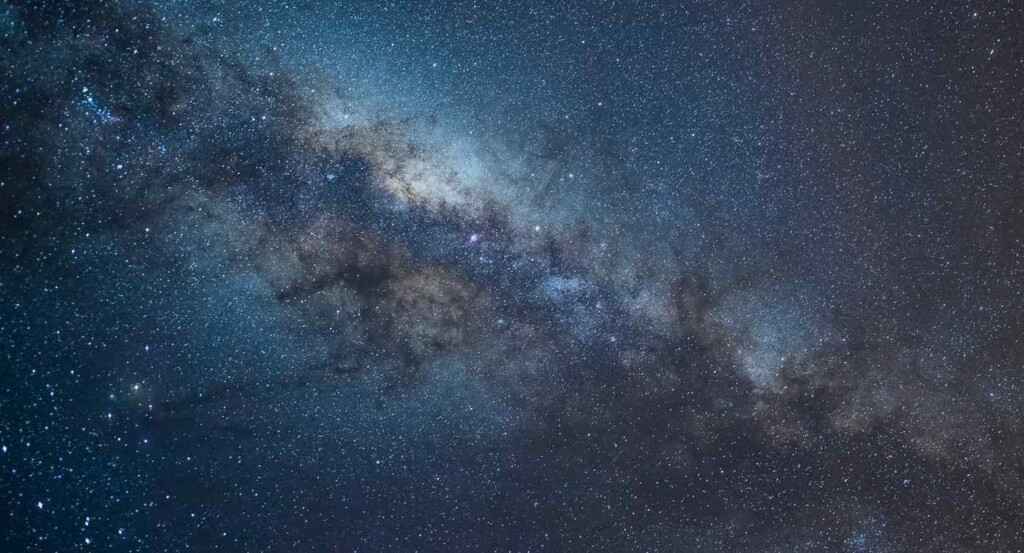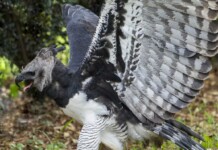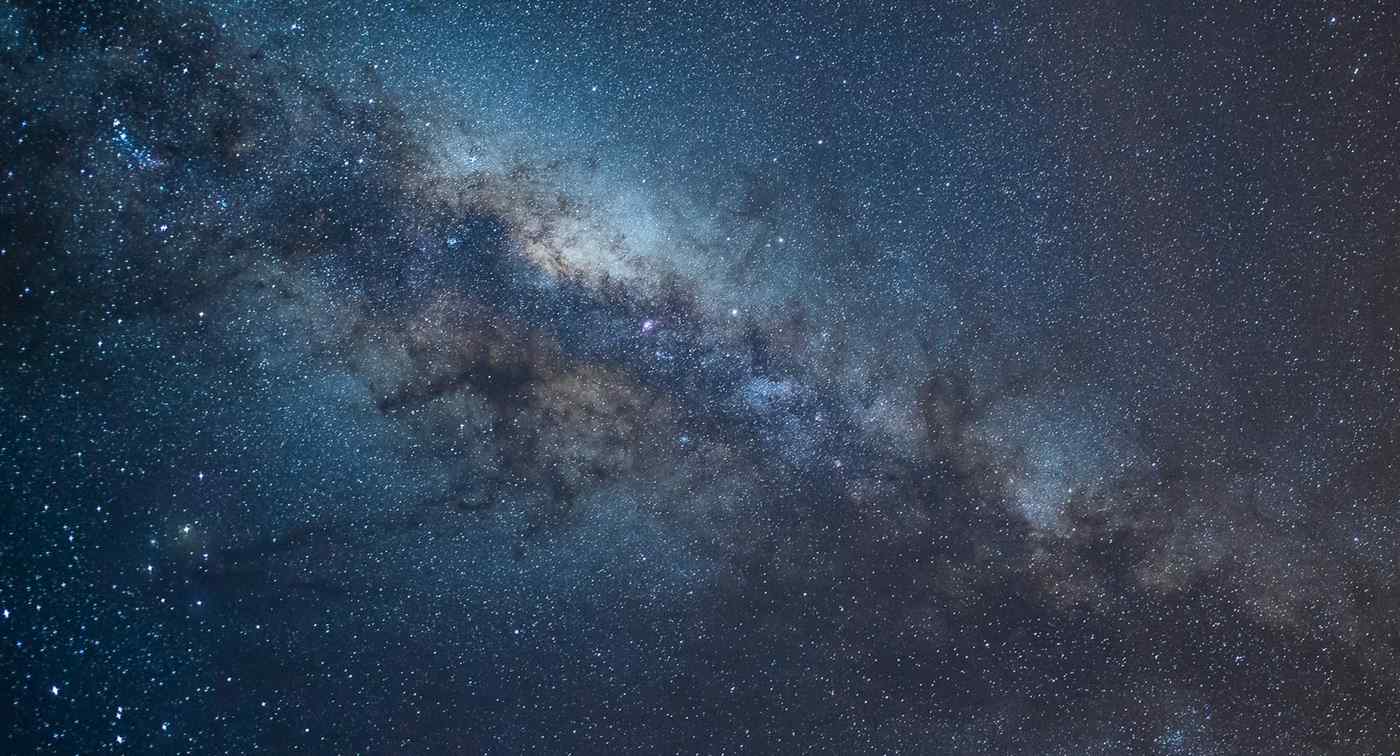
Part of the reason the James Webb Space Telescope is so sophisticated is that it had to be able to see stars from the earliest periods of the universe—just a few million years after the Big Bang.
But a team of students at MIT has discovered that chances are very high that we have some of these stars in our own galactic backyard, at mere thousands of light-years from Earth, rather than billions.
Their discoveries: that 65 or so stars that formed 13 billion years ago are encircling the Milky Way’s halo, is a major observation that promises to change how we study the early universe for the next few decades.
It all started when Anna Frebel, professor of physics at MIT, launched an unusual class project to study ancient stars called Observational Stellar Archaeology, for which she and her students examined data collected over the years from the 6.5-meter Magellan-Clay telescope at the Las Campanas Observatory.
The Big Bang occurred 13.8 billion years ago, and in the ensuing expansion and formation of the universe, galaxies and stars had very little material to build from, and so were composed mostly of helium and hydrogen, with trace amounts of strontium and barium.
The latter two elements were one of the key signatures that Frebel and her students were looking for as they combed through years of stellar observations made by Magellan-Clay.
Some of these stars had never been closely examined by astronomers, so Frebel and her class chose them to study for their project. Looking at spectroscopy data, which can reveal the presence and abundance of various elements based on the light signatures from an object, they found 10 that contained the same low levels of strontium, barium, and also iron, as ancient stars and dwarf galaxies observed from the furthest reaches of the universe; approximately 1/10,000th of the content in our Sun.
Looking to gather more evidence for their theory that the Milky Way contains the hidden remnants of similarly ancient dwarf galaxies, Frebel and her students looked at the orbital data of the stars they found, and, sure enough, there was something anomalous about them—they were in retrograde, meaning they were orbiting in the opposite direction as the galactic disk and the halo of the Milky Way.
MORE EARLY UNIVERSE INSIGHTS: The Hubble and Webb Telescopes Join to Create Unprecedented Photo of Universe
“The only way you can have stars going the wrong way from the rest of the gang is if you threw them in the wrong way,” Frebel says.
Cross-referencing, they looked at the orbital data of other stars that had previously been identified as containing ultra-low quantities of strontium and barium and found that others were also in retrograde.
YOU’LL DEFINITELY LIKE: Locked in a 4 Billion-Year-old Dance, Six New Exoplanets Demonstrate the Cosmic Beauty of ‘Resonant Orbits’
“Interestingly they’re all quite fast—hundreds of kilometers per second, going the wrong way,” Frebel told MIT press. “They’re on the run! We don’t know why that’s the case, but it was the piece to the puzzle that we needed, and that I didn’t quite anticipate when we started.”
She and her students have taken to calling these stars Small Accreted Stellar System stars, or SASS stars, and are postulating that they are the last remaining stars of ancient dwarf galaxies that fell into the Milky Way as the latter grew in size. The SASS stars are ‘accreted,’ meaning they are being drawn in by something because they were once part of a galactic configuration on their own.
MORE STORIES LIKE THIS: Scientists Spot the Brightest Object Ever–500 Trillion Times More Luminous Than the Sun
Along with pioneering a simple method for searching for these stars, Frebel and her students have opened the door for astronomers to be able to study the earliest reaches of the universe in much clearer detail—by looking at stars much closer, and therefore much brighter, to home.
“These oldest stars should definitely be there, given what we know of galaxy formation,” says MIT professor of physics Anna Frebel. “They are part of our cosmic family tree. And we now have a new way to find them.”
SHARE This Amazing Work By Professor Frebel And Her Students…




















